Best Film for the Nikon F3
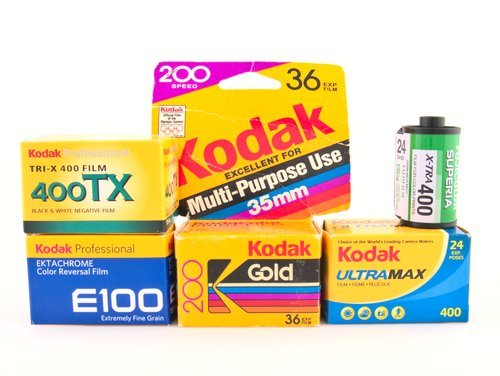
The best film to use in your Nikon F3 will be based on your lens, lighting conditions, and type of film you want to shoot.
To prevent having to lug around a tripod and/or flash, pick a film that has an ISO of 400 or faster.
Make sure that you have a fast lens if you want to shoot photographs in low light, conditions that are commonly encountered indoors. Go read my post on the 5 Best Lenses for the Nikon F3 for recommendations.
Affiliate Links
Outside the Shot is a participant in the Amazon Services LLC Associates Program, an affiliate advertising program designed to provide a means for sites to earn advertising fees by advertising and linking to Amazon.com.
As an eBay Partner, I may be compensated if you make a purchase. I also participate in affiliate advertising programs with KEH and Adorama. More can be found on the Affiliate Discolsure page.
I have purchased gear from all of these companies and I expect them all to receive repeat business from me.
I’m Rebuilding 🏗️
If the page doesn’t have the answer you’re looking for you can email me at contact AT this domain. That account will be checked on Sundays and Wednesdays.
You can also DM me on Reddit /u/OutsideTheShot or post in /r/OutsideTheShot.
Color Film
Consumer
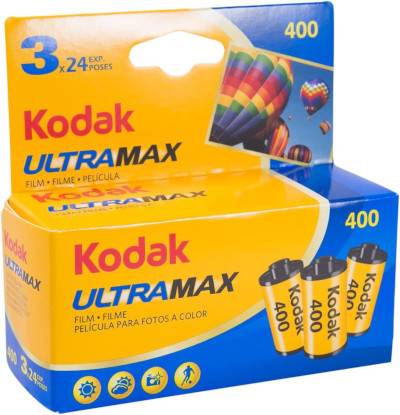
Kodak UltraMax 400 - A fantastic choice for a wide range of lighting conditions. Using this film you should be able to handhold the F3 in most situations.
The photographs will have very good skin tones and leans towards the warm side.
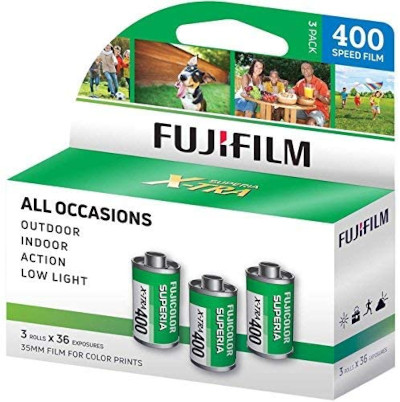
Fujifilm Superia X-TRA ISO 400 - Depending on where you are in the world, this film may have greater availability. It’s a very good alternative to Kodak film.
Compared to Kodak, Fujifilm appears to be a little bit cooler with an emphasis on greens and blues.
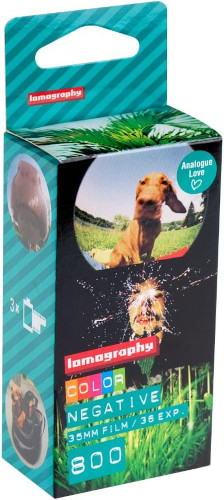
Lomography 800 - If you want a color film with an ISO of 800, there are only a small number of choices. For 35mm film targeted towards consumers, Lomography 800 is the single choice.
Lomography 800 is also offered in the 120 film format, to be used in a medium format camera.
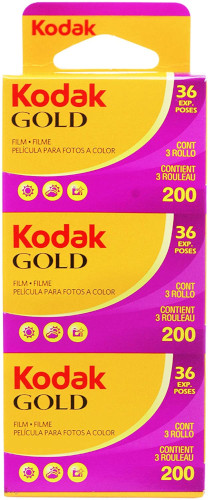
Kodak Gold 200 - An excellent solution to obtain that mid-1980s through 90s rendering. For the genuine experience take advantage of an on-camera flash.
Over-expose it by 1 or 2-stops to bring out the best the film has to offer. This will ensure that you get the gorgeous colors everyone loves Kodak Gold for.
Professional
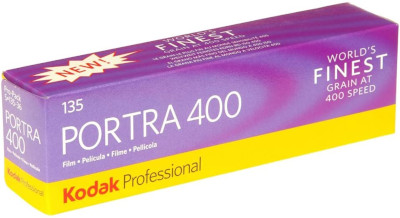
Kodak Portra 400 - Among the photography enthusiasts online, Portra 400 is by far and away the most popular color 35mm film. Overexpose it by 1 or 2-stops to get the rendering the film is well known for.
There’s also ISO 800 and 160 emulsions of Portra. 8x10 sheets, 4x5 sheets, and rolls of 120 are also manufactured.
Black and White Film
Consumer
These film stocks have affordable prices and good quality, making them quite popular to use in the Nikon F3.
The primary draw for budget minded photographers and photography students is the very low price. Even if you do not put yourself in those groups, it’s good to have comparatively cheap rolls of film on hand for trying out newly acquired camera gear.
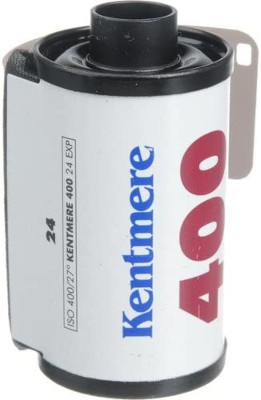
Kentmere 400 - It’s made by the parent company of Ilford, Harmon Technology. This is great because that allows this to be the most broadly sold film out of the three.
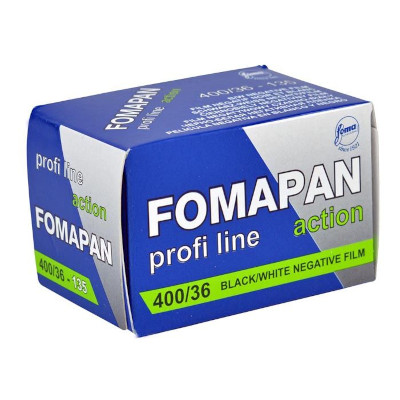
Foma Fomapan 400 Action - It will probably less difficult to find in Europe as the film is produced by Foma Bohemia out of the Czech Republic.
A suitable film emulsion to try for your first couple of attempts at home developing or analog photography. Also a good option if you are looking to check out a camera to confirm that it’s working properly.
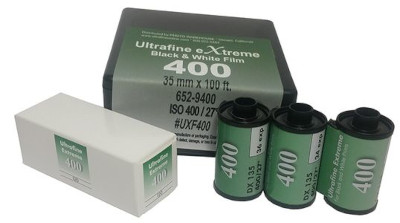
Ultrafine eXtreme 400 - You can get the lowest price on this film by purchasing it straight from Ultrafine.
They manufacture developer kits for 35mm film, so if you develop film at home you could have previously had interactions with them.
Professional
Ilford HP-5 Plus 400 and Kodak Tri-X 400 are the 2 most popular black and white film stocks. While they both do have individual rendering, they do have a number of traits in common that makes them a favorite.
You can create excellent photos after pushing both films 2-stops. A 35mm roll of film can be used at ISO 400, 800, or 1600, making them very versatile.
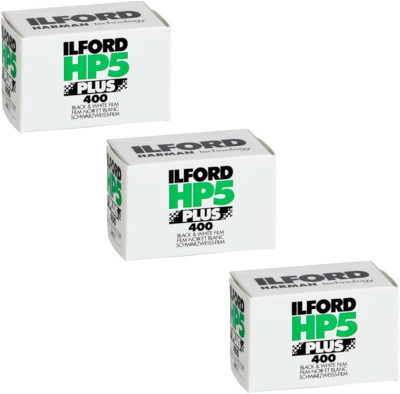
Ilford HP5 Plus 400 - Between the two films, HP5 Plus has less contrast and is cheaper. Lower levels of contrast can be an advantage because of the fact contrast can be increased when making a print in the darkroom or editing digitally.
The film still looks outstanding when pushed 2-stops. It is also recognized as having subtle grain.
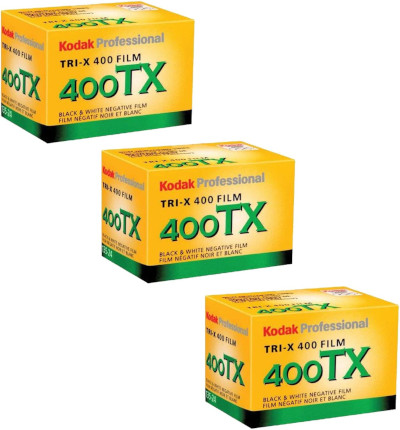
Kodak Tri-X 400 - This film emulsion has got a more distinctive rendering. To showcase the old-school grain structure, contrast, and look of the film, it needs to be processed in Kodak D-76.
Tri-X undoubtedly has more contrast. That is beneficial if that is the look and feel you will want because it involves considerably less work when making a darkroom print or during digital processing.
Reversal Film
Slide film, also known as transparency film or reversal film, gives you a positive image. That means a projector or lightbox can be used to exhibit the photos.
This is unique from the more often used negative films that result in images that need inverting the colors for the image to be viewed.
Slide films are viewed as difficult to use due to the fact slide film has far less latitude and dynamic range when compared to negative film.
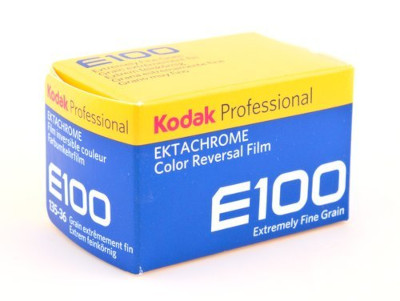
Kodak Ektachrome 100 - The film is known for appealing skin tones and fine grain. The colors won’t appear oversaturated. It’s daylight color balanced.
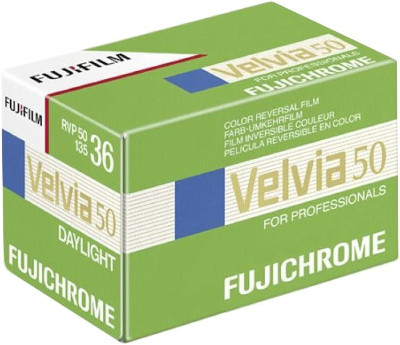
Fujifilm Velvia 50 - This is a incredibly sharp daylight balanced slide film with high levels of saturation and contrast, giving photographs a appealing rendering. It has the top resolving power of any available slide film emulsion.
There’s also another speed that is ISO 100.
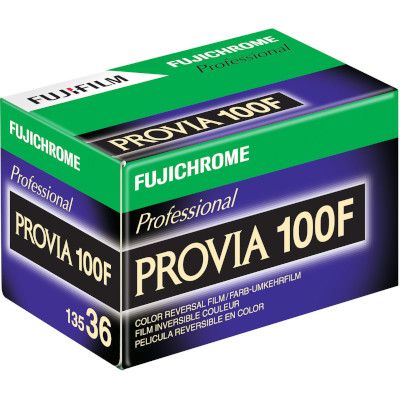
Fujichrome Provia 100F - Creates vivid and realistic colors with moderate color saturation and contrast. It is a ultrafine grain film balanced for daylight.
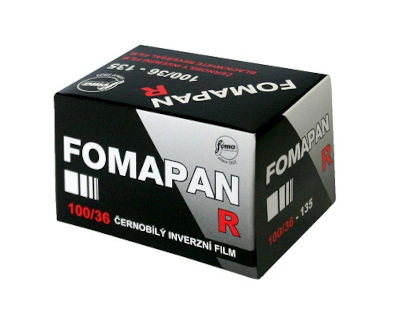
Foma Fomapan R100 - This is a black & white reversal film, reported by Fomapan as having higher contrast, very fine grain, and excellent resolving power. It’s also mentioned as a substitute for the long discontinued Agfa Scala.
Film Basics
Consumer vs Professional Film
Pro film stock have a greater dynamic range, are easier to push, and increased latitude, this is why pro-film costs more.
You should expect a significant difference in business that sell film. Consumer films can more often than not still be purchased from pharmacies and big-box stores in limited amounts. Professional level film stocks needs to be bought from a online retailer or photography store.
ISO
The ISO shows the film speed, which may also be regarded as the film’s light sensitivity.
The less light there is available to capture an image, the bigger the film’s ISO will need to be. Also, be prepared to see increased film grain.
It might be difficult to handhold the F3 with ISO 100 or slower films (ISO 25, ISO 50, etc). The might take longer might take longer than what you could handhold without producing motion blur unless you are in full sun.
A fast lens, flash, and/or tripod can help you with longer shutter speeds. The extra accessories may not be needed if you decide to use a faster ISO 800 or ISO 400 film.
The dial to select film speed is labeled as ASA on the Nikon F3. The switch to labeling ISO from ASA (American Standards Association) came after the creation of the International Standards Organization (ISO).
Latitude
Film latitude is the number of stops film can be overexposed while still maintaining satisfactory images. Professional films have a larger latitude along with a slightly higher price.
Transparency film has a smaller amount of latitude than negative film. That is a reason why it’s viewed as more challenging to use.
Dynamic Range
The difference between the darkest and brightest details of a photograph is referred to as dynamic range. Areas of an image that don’t fit within this range will be rendered as totally black underexposed shadows or solid white overexposed highlights.
When shooting in a wide variety or quickly changing lighting conditions, films with a bigger dynamic range is better.
- Digital cameras 14+ stops
- Negative film up to 13 stops
- Slide film 6-8 stops
Slide film is viewed as tricky to use as a consequence of the constrained dynamic range. Golden hour is the prime time to use reversal.
Film Type
The Nikon F3 takes 35mm film that comes in metal canisters. It’s also the most popular film format and sometimes called 135 film.
The only other film format you are probably going to come across is 120 or 220 film that is used in medium format cameras}.
One of the marvelous things about film is that you can change the film you work with and get a fresh look to your pictures.
DX Coded Film
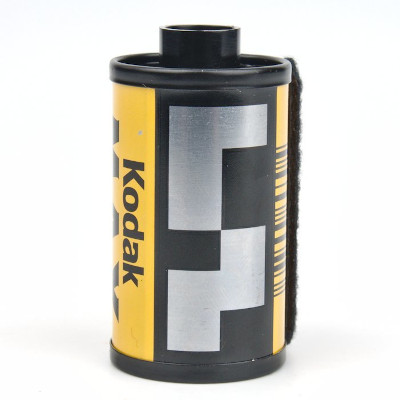
Just about all new 35mm film made these days has a DX code. This lets cameras to auto detect and set the ISO of the canister put in the camera.
The ASA (ISO) on the Nikon F3 must be set manually. Which means DX-coding does not be of any use.
Nikon F3 Resources
Where to Get 35mm Film Developed?
You will find a variety of possible choices for where to develop film. For a more complete discussion of the possibilities go to my guide on Where to Get Film Developed.
WARNING: Pharmacies and big box stores have ceased developing film at the store. They send film off to be processed by a 3rd party. Because of that, you won’t get your processed negatives back.
- Develop Film at Home
- Use a Local Photography Lab
- Use a Mail Order Photo Lab
- Pharmacy or Big Box Store
The simplest method and what I would suggest doing if you are just getting started using film is to mail your film to a photo lab to be developed and scanned. A downside to this is that it gets pricey if you frequently use film.
There are a couple of things that you are able to do to help reduce the costs required to shoot film, assuming that you are using a moderate to high volume of film.
Bulk Loading Film
Ordering a roll of 100 feet of film and loading in into canisters by hand is certainly one of the most well known ways to lower expenses.
A 100 foot bulk roll should fill about 18 canisters of film with 36 exposures each. Expect to save 20-30% depending on your pick.
Keep in mind that you are only going to be able to get rolls of black and white film. This is due to black & white film is easier and more cost-effective to develop at home.
Home Developing and Scanning
You can process and scan film yourself. In fact it is an excellent method to cut costs so that you can shoot more film with your Nikon F3.
Black and white film is much simpler to develop. Chemical temperature and time are both not as vital to do correctly with black and white film as they are for color negative or transparency film.